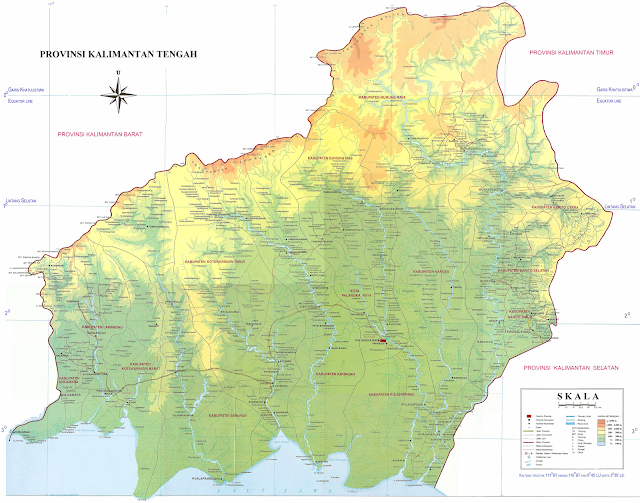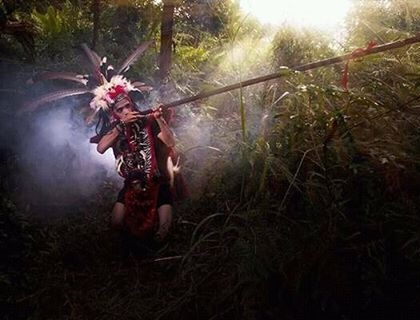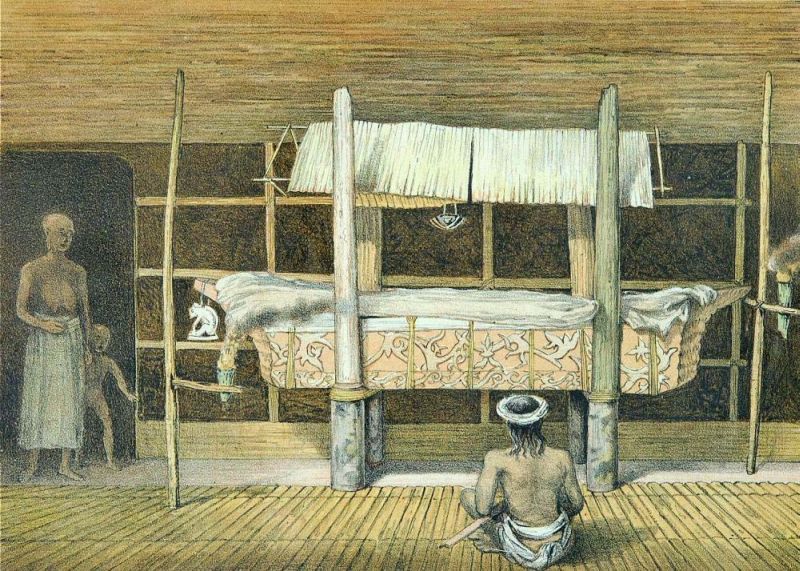Central Kalimantan Province

Central Kalimantan, Indonesian Kalimantan Tengah, propinsi (or provinsi ; province), south-central Borneo, Indonesia, bounded by the provinces of East Kalimantan (Kalimantan Timur) to the north and northeast and South Kalimantan (Kalimantan Selatan) to the southeast, by the Java Sea to the south, and by the province of West Kalimantan (Kalimantan Barat) to the west. The capital is Palangka Raya, in the southeast-central part of the province. The Schwaner Mountains and the Muller (Müller) Mountains run parallel to the northwestern boundary of the province, and an offshoot of the Muller range skirts the northern boundary. Mount Raya, the highest peak in the Schwaner range, reaches 7,474 feet (2,278 metres). To the south of these mountains lies an expanse of alluvial plain that constitutes the central and southern parts of the province. The southern coastal lowlands are covered with wide swamp belts intersected by estuaries formed by the southward-flowing Lamandau, Arut, Seruyan, Katin...





